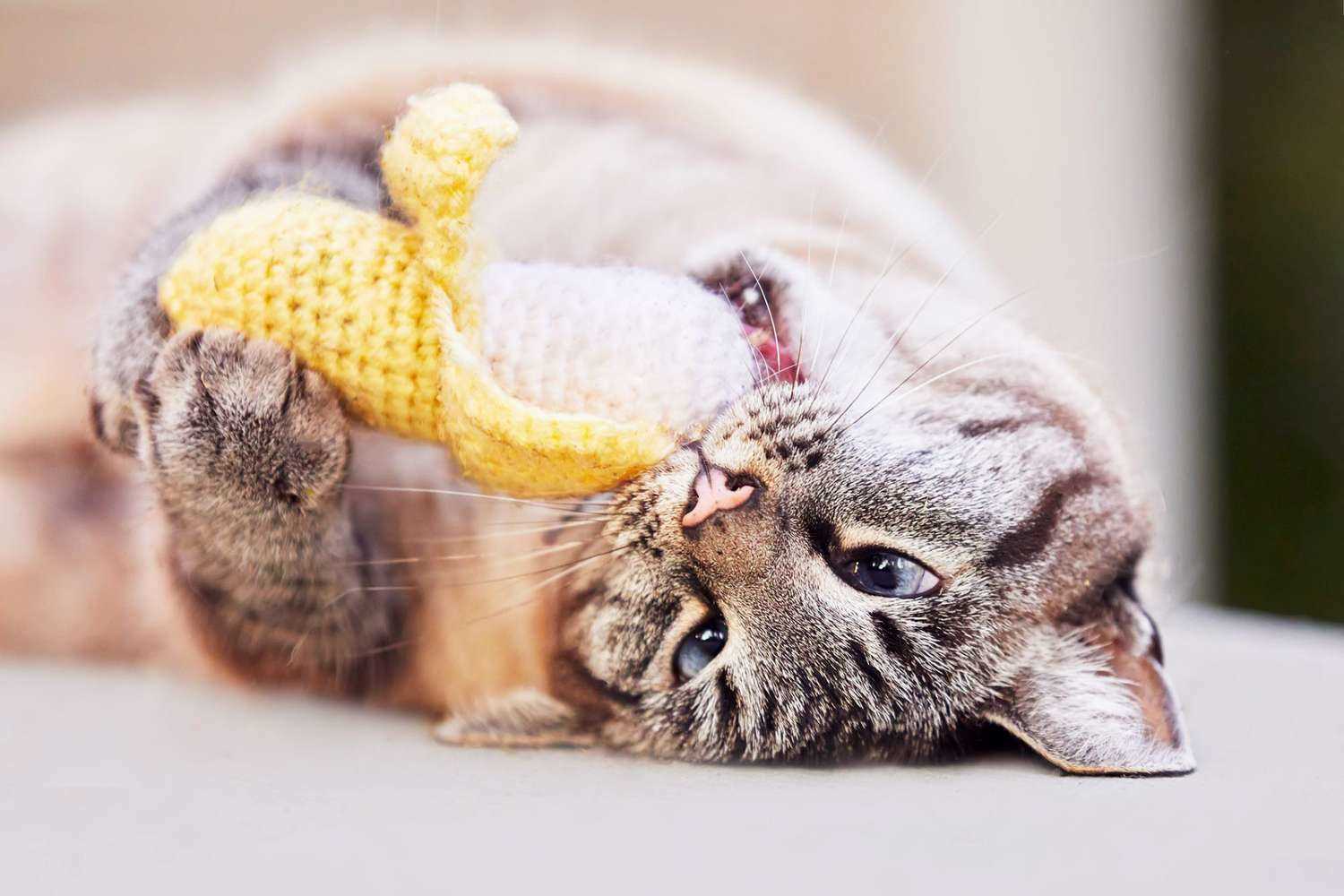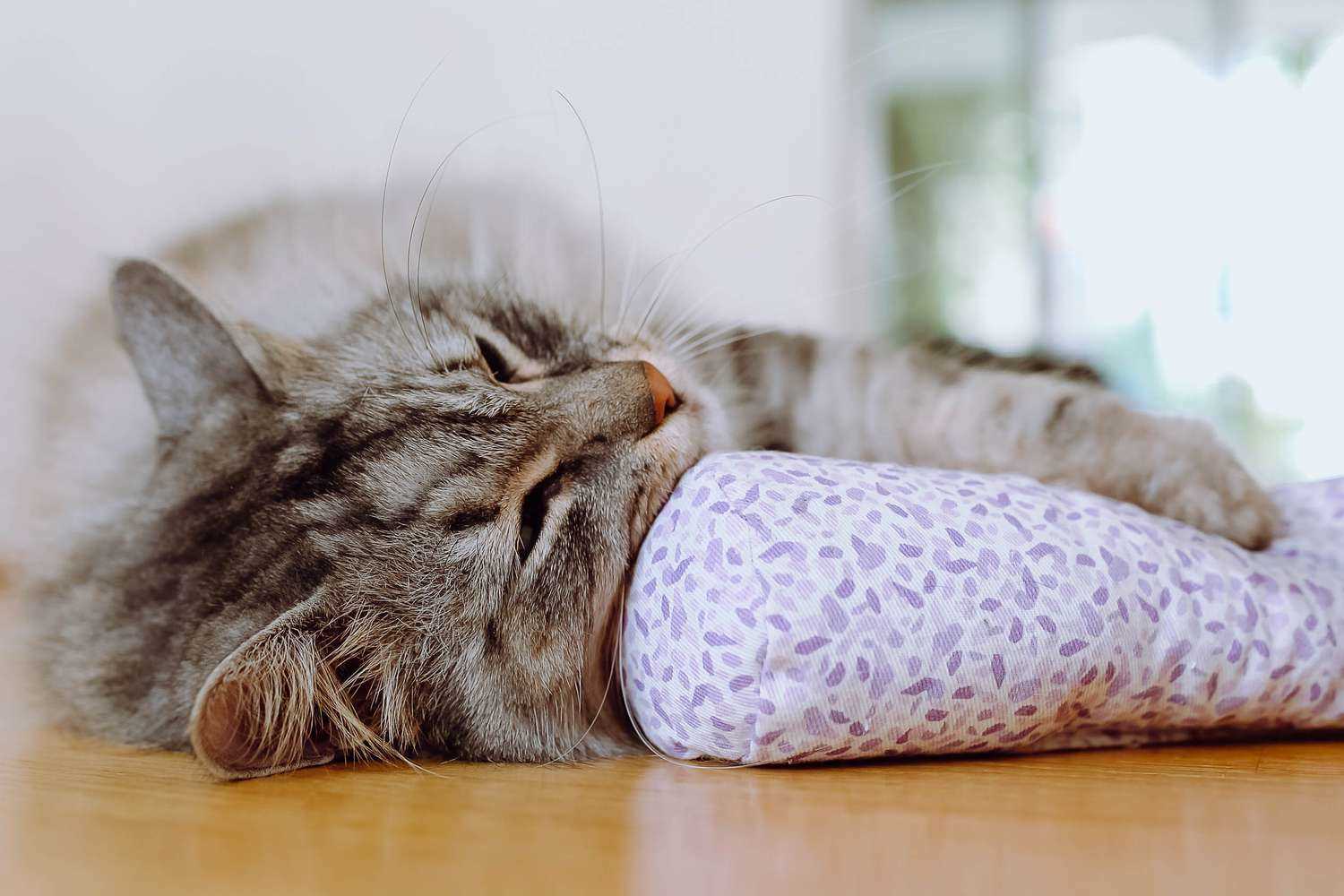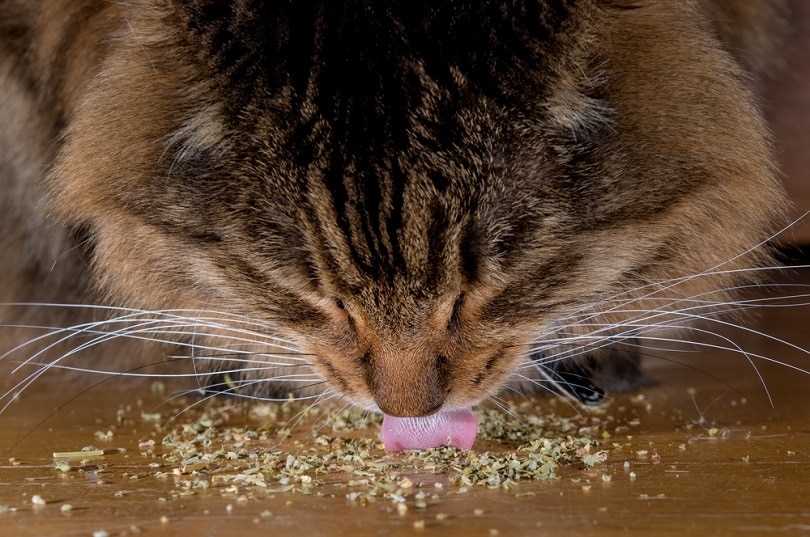



Mid-afternoon is a prime period for indulging in this delightful herb. During this timeframe, most felines experience a natural dip in energy, making it an ideal moment to stimulate their senses and engage their playful nature.
Observing your furry companion is key. After a hearty meal or a vigorous play session, reactions to this aromatic plant can be particularly heightened. It’s fascinating how a little sprinkle can turn a calm kitty into a whirl of excitement!
Frequency matters, too. Offering small doses a couple of times a week helps maintain interest and prevents desensitization. Each experience should feel fresh and new, ensuring maximum enjoyment for your whiskered friend.
Optimal Moments for Catnip Enjoyment
For maximum enjoyment, offer this delightful herb during playtime or right after a meal. These moments often lead to heightened excitement and engagement.
- During interactive play sessions: Engage with toys or laser pointers just before introducing the herb. This heightens enthusiasm.
- After meals: Many of us feel relaxed post-meal. This is a prime time for a calming yet joyful experience.
- On lazy afternoons: A cozy, quiet moment can enhance the effects, allowing for a blissful relaxation period.
Notice your furry friend’s energy levels and preferences. Each personality is unique, and timing can vary. Experiment with different moments to find what brings the most joy!
Understanding Your Feline’s Sensitivity to Catnip

Not every furry friend responds to aromatic herbs in the same way. Sensitivity typically stems from genetics, with approximately 50-75% of felines displaying a noticeable reaction. If your companion seems indifferent, don’t fret; it’s simply a matter of unique biology.
Reactions may vary widely, including:
- Rolling and rubbing against the herb
- Purring and vocalization
- Playful behavior, such as chasing or pouncing
- In some cases, calmness or relaxation
Age plays a role as well. Kittens under six months often show no interest, while adults are more likely to engage. A gentle introduction can help gauge reactions; try small amounts and observe behavior.
Timing is a factor too. Offering during playtime may enhance engagement, while a relaxed environment can lead to soothing effects. Avoid overwhelming your buddy with too much at once; moderation is key.
Don’t forget that health influences responsiveness. If your furry pal struggles with worms or other health issues, check out worm prevention for cats. A healthy companion is more likely to enjoy these playful moments.
For those adventurous souls who love to document their antics, consider exploring the best action camera harness for dogs for capturing memorable moments during playtime.
In summary, understanding individual preferences and genetic traits leads to an enriched experience for both of us. Adjusting the approach based on these factors ensures a delightful interaction with aromatic herbs.
Optimal Age for Introducing Feline Herb to Kittens

For kittens, introducing this herb is most effective around six months of age. At this stage, their sensory receptors are fully developed, allowing them to experience the effects more prominently.
Before this age, many young felines may not respond to the herb due to immature neurological systems. Reactions can vary widely; some may show interest, while others remain indifferent. Hence, patience is key.
Here’s a brief overview of what to expect at different ages:
| Age Range | Response to Feline Herb |
|---|---|
| 0-3 months | No reaction; sensory development ongoing. |
| 4-5 months | Limited response; some may show curiosity. |
| 6 months and older | Full response; playful and excited behaviors likely. |
Observing your kitten’s reactions can guide you in determining the right moment. Always introduce it in moderation to avoid overstimulation. Enjoy the playful antics that follow as they explore this new experience!
Best Time of Day for Catnip Play Sessions
Late morning or early afternoon is ideal for engaging with that delightful herb. My humans often notice I’m more playful and energetic around this time. After my long morning nap, I’m ready to pounce and explore. This period allows for peak energy levels, making playtime more exciting.
While some felines may enjoy a burst of fun in the evening, I prefer the midday sun for my adventures. The warmth from the sunbeams adds an enjoyable element to the experience. My humans sprinkle a little on my favorite toys, and I can’t resist the urge to chase and pounce!
Short sessions are key. Around 10 to 15 minutes suffices before I become overstimulated. Afterward, a quiet period helps me to relax and recharge. Observing my reactions can guide my humans on timing for future sessions, ensuring that I remain engaged without feeling overwhelmed.
It’s also wise to avoid playtime right before bedtime. Engaging too close to my sleep schedule may disrupt my evening routine. I prefer winding down with cozy cuddles instead of high-energy antics at night.
Tracking my preferences can help establish a routine that fits my personality. With a little observation, my humans can discover the perfect moments for our playful interactions. I look forward to those sunny afternoons filled with joy and excitement!
Seasonal Considerations for Catnip Use

During spring, fresh air and longer days make outdoor play much more enjoyable. My humans often sprinkle dried herb in the garden, encouraging me to explore and interact with nature. This season enhances my excitement, making it ideal for engaging with this delightful plant.
Summer brings warmth and sunshine, perfect for outdoor adventures. However, heat can lead to restlessness. A sprinkle of the aromatic herb can help relax me during lazy afternoons, providing a stimulating yet calming effect. Playing with it in shaded areas ensures I stay cool while indulging in the playful vibes.
As autumn arrives, the crisp air and falling leaves create a cozy atmosphere. My humans tend to offer the dried version more frequently, as it complements the indoor activities we enjoy together. Curling up with a little of the herb can spark playful behavior, making those chilly nights more entertaining.
Winter often leads to hibernation-like behavior. As the days grow shorter and temperatures drop, my humans introduce the fragrant plant to brighten my mood. This season, they often use it to encourage play sessions indoors, helping me stay active despite the cold.
Signs That Indicate Your Feline is Ready for Catnip
Look for excitement in my body language! A twitchy tail, wide eyes, and playful pouncing often mean I’m primed for some herbal fun. If I start rolling around or rubbing against furniture, it’s a clear signal that I’m in the mood for a little indulgence.
Vocalizations are another indicator. If I start meowing or chirping more than usual, it’s a sign that I’m feeling feisty and playful. You might notice my behavior becoming more energetic, with bursts of running or playful attacks on toys–this is my way of saying, “Let’s get this party started!”
Watch for sniffing and licking. If I approach the catnip and begin to explore it with my nose or tongue, I’m showing interest. Sometimes I may just sit and observe before diving in; patience is key! If I seem curious but hesitant, giving me a moment might just be what I need to fully embrace the experience.
Lastly, pay attention to my age and personality. Some of my friends are less responsive due to their unique traits or age. If I’m younger, I might be more enthusiastic. Older cats may have a different response due to sensitivity or preference. Knowing me well helps identify when I’m excited for this delightful herb!
Frequency of Catnip Use for Maximum Enjoyment
For peak enjoyment, I recommend offering this delightful herb to me no more than once every two weeks. This allows my senses to reset, ensuring each experience feels fresh and exciting.
During playtime, a sprinkle or a small toy infused with the herb can create an engaging atmosphere. It’s key to observe how I respond; some cats may become overly stimulated with frequent exposure, while others may not react at all. Keeping sessions to about 10-15 minutes is ideal. I prefer short bursts of fun rather than long, tiring experiences.
After a session, give me some quiet time to relax. This helps maintain my interest for future interactions. If I seem indifferent during a session, it could mean I need a break from this special treat. Always listen to my cues!
Mixing it up is also beneficial. Occasionally, try introducing different forms, like sprays or toys, to keep things interesting. Just like a good treat, variety can enhance my overall experience.









